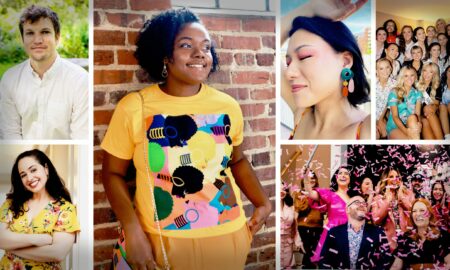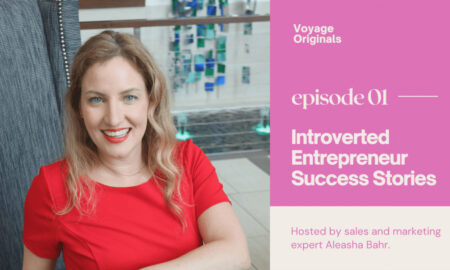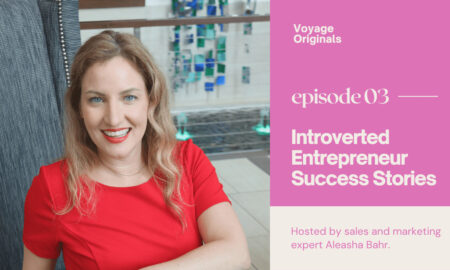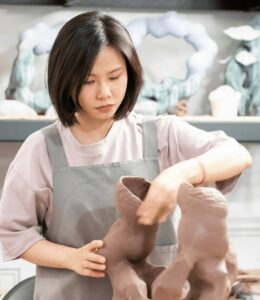 Today, we’d like to introduce you to Jing Huang.
Today, we’d like to introduce you to Jing Huang.
Hi Jing, can you start by introducing yourself? We’d love to learn more about how you got to where you are today?
Certainly! My journey into the arts began with a childhood fascination for observing and translating the world around me through drawings, nurtured by early exposure to traditional Chinese painting and calligraphy. This foundational experience laid the groundwork for my lifelong passion for visual expression.
During my undergraduate years at the Jingdezhen Ceramic Institute, situated in China’s renowned “porcelain capital,” I immersed myself in the rich traditions of ceramic art. Studying there for four years, I honed my skills in techniques deeply rooted in Chinese tradition in ceramics, such as the strict requirements of techniques, subtle aesthetics, and high respect for tradition and history.
Today, I’m working as a full-time ceramic artist in Charlotte, North Carolina. My abstract ceramic sculptures explore unknown scenery in the liminal space between my past and present.
I’m sure it wasn’t obstacle-free, but would you say the journey has been fairly smooth so far?
It hasn’t always been a smooth road. Living in North America as a Chinese woman, I have had both positive and negative experiences. I’ve been asked not to speak my native language while talking with my Chinese friend in a restaurant, but I’ve also been encouraged to speak up and add my diverse experiences to discussions. Over time, I realized that my background and identity can offer a fresh voice to the community, and I should embrace it rather than suppress it.
As a ceramist, I’ve also faced some challenges. Ceramic materials such as clay and glaze ingredients can change over time and place, sometimes reacting unpredictably. Working with them requires constant adaptability and a willingness to embrace change. The glaze reaction and firing process are almost impossible to fully control. These uncertainties can be frustrating and often pose obstacles in the studio.
However, they also open up new avenues for creativity and imagination. The very factors that make ceramics difficult are also what makes it endlessly fascinating and full of potential for discovery.
We’d love to learn more about your work. What do you do, what do you specialize in, what are you known for, etc. What are you most proud of? What sets you apart from others?
I am a ceramic artist currently focusing on abstract sculptures. My work explores nature, identity, a sense of place, and cultural displacement. It reflects the flow of landscape and atmosphere in changing environments, embodying the nature of my diasporic experience.
I’m particularly proud of my ability to navigate and integrate the diverse aspects of my identity into my work. Situated at the intersection of different cultures and languages, I have gained valuable experiences and new understandings that shape my identity, inform my ideas, and further inspire my art practice.
Moving and working across international borders, I bring imagery and symbols from Chinese culture into conversation with individualism, pulling elements from the past and rebuilding them in the present.
We love surprises, fun facts, and unexpected stories. Can you share something that might surprise us?
I used to create figurative works. The figure, which I believe wouldn’t be able to function in the present or move forward without relying on its memory, was a potent symbol and vehicle for me to carry the story.
Around 2019, these figures gradually evolved into abstract forms. This shift was not just a change in technique but also a reflection of my changing perspectives.
Contact Info:
- Website: http://www.jinghuangceramics.com
- Instagram: @jing_ceramics
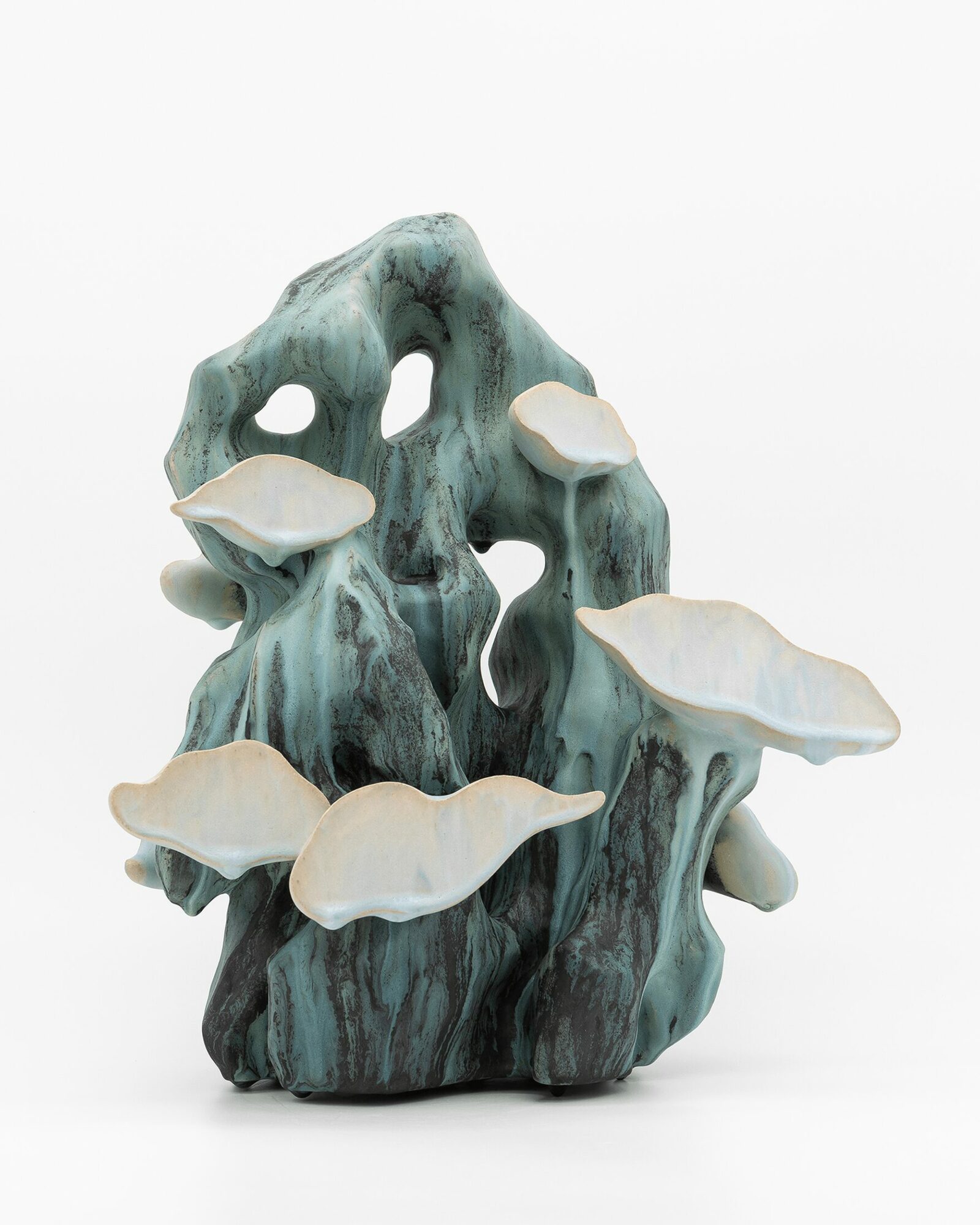
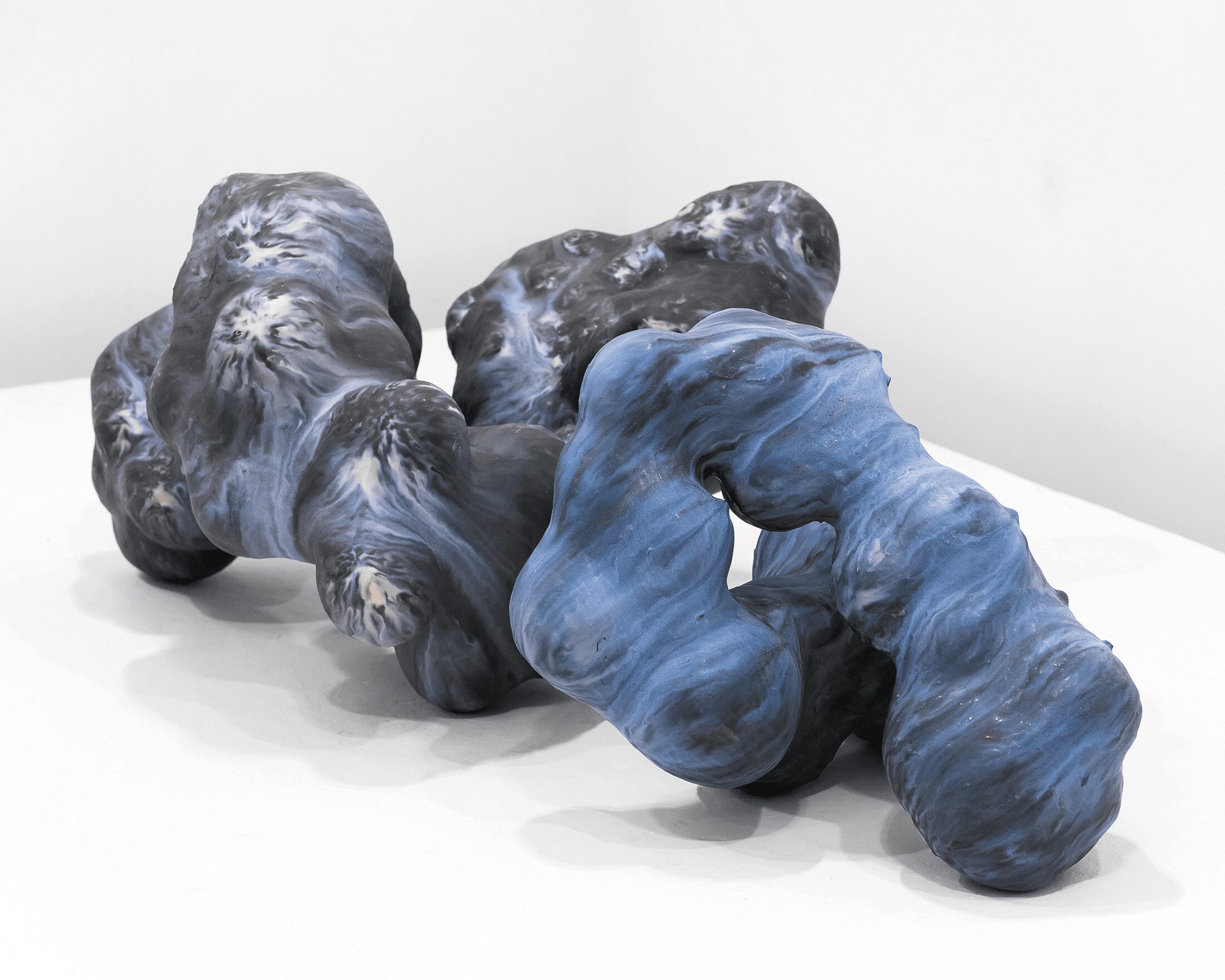
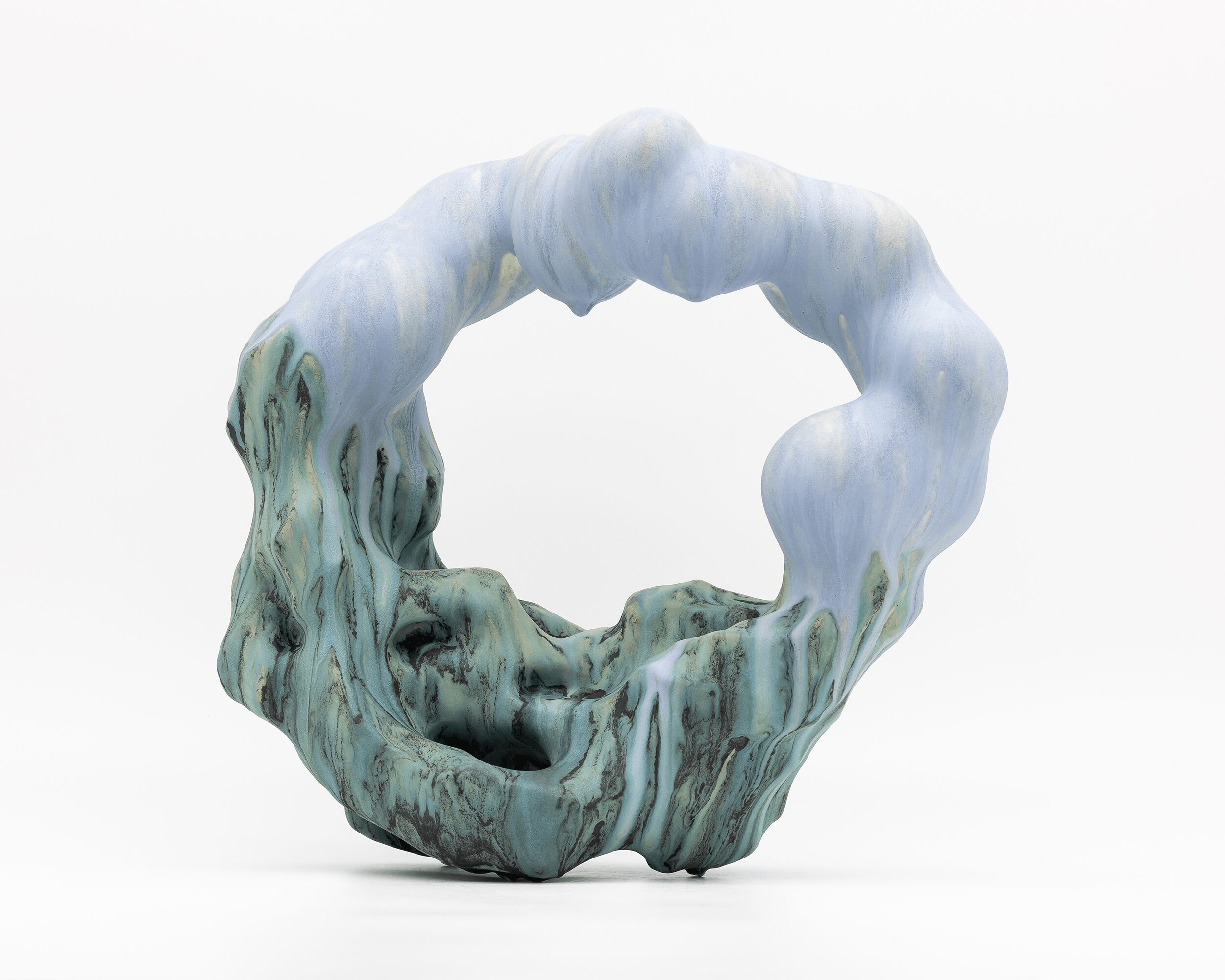
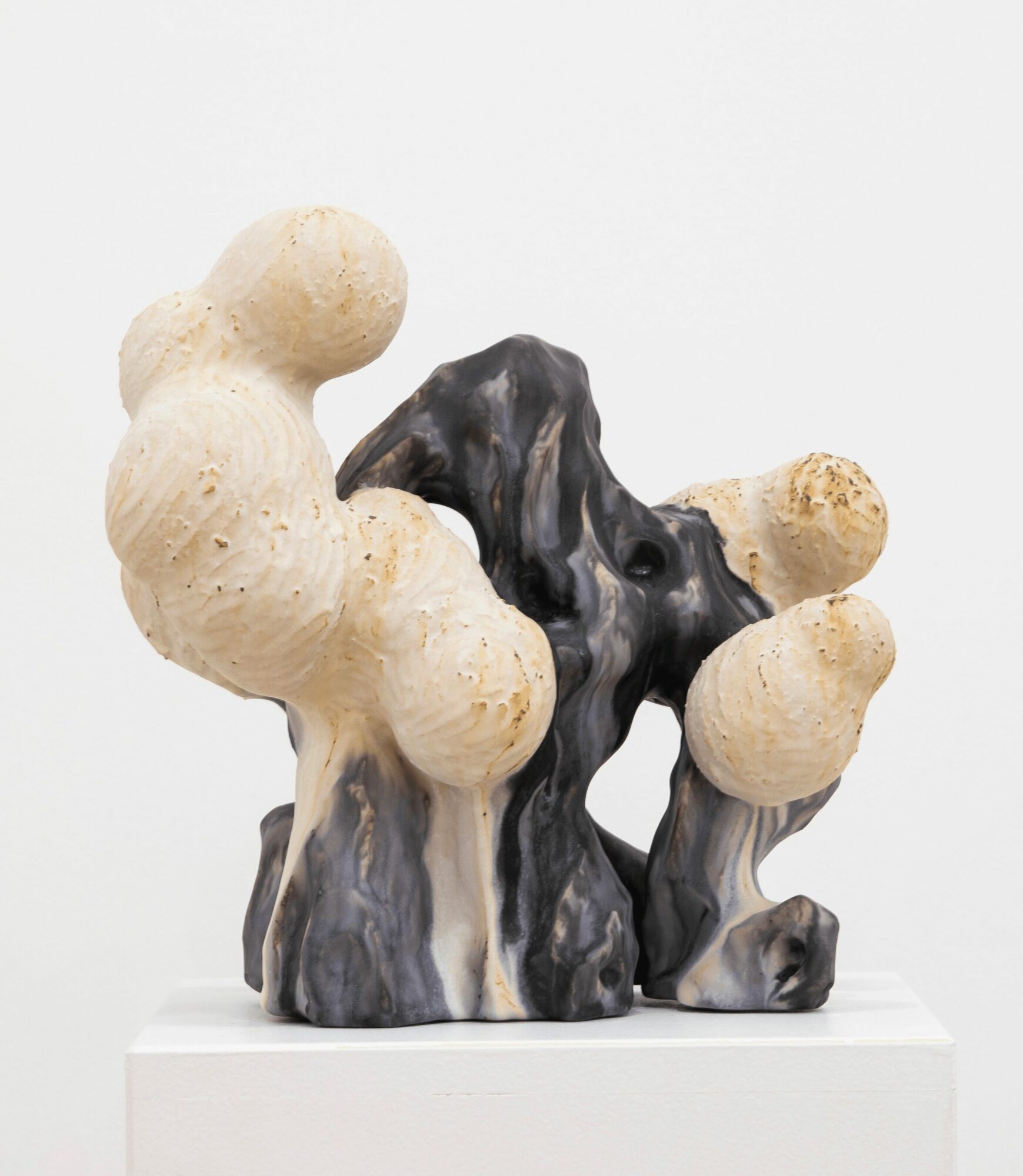
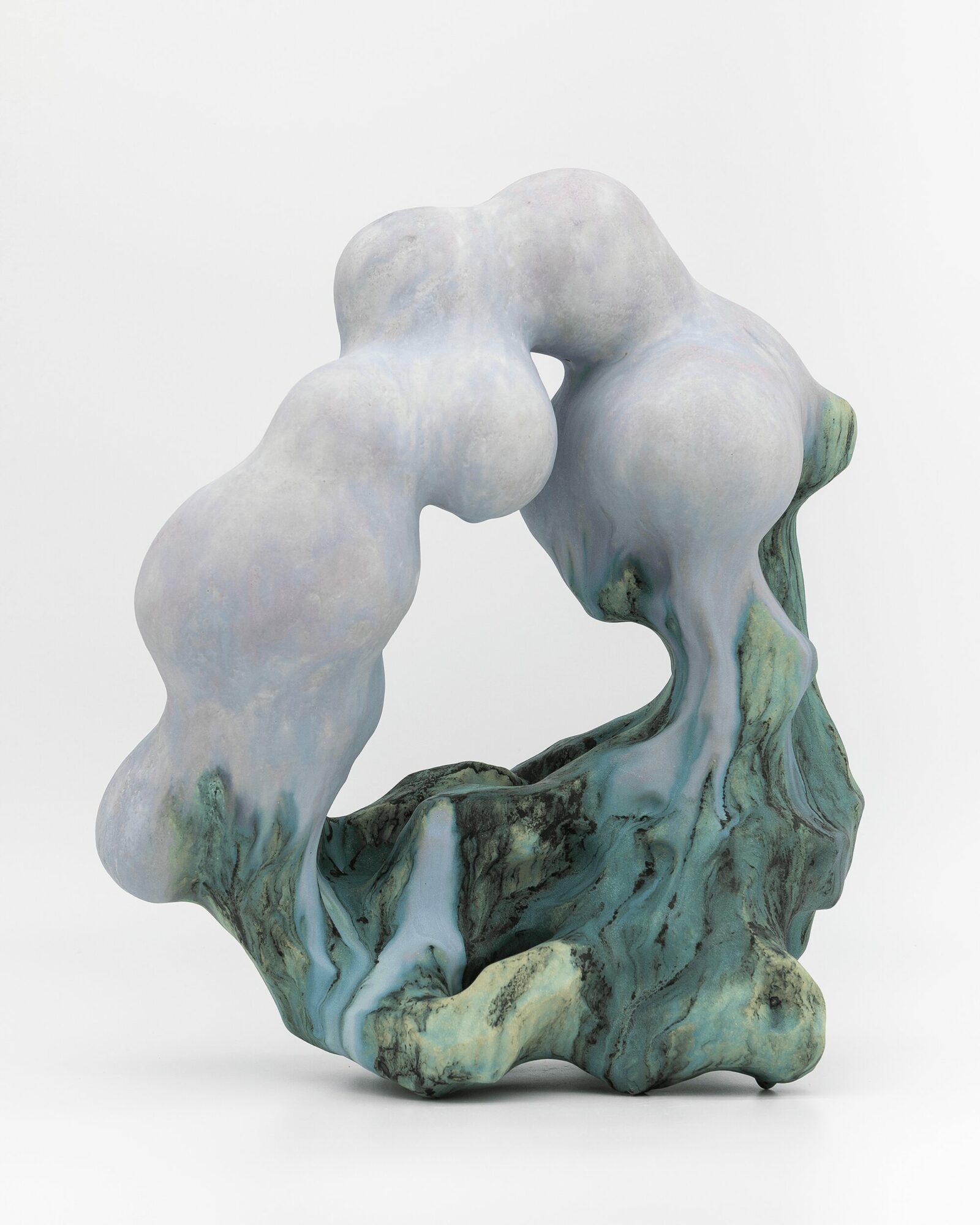
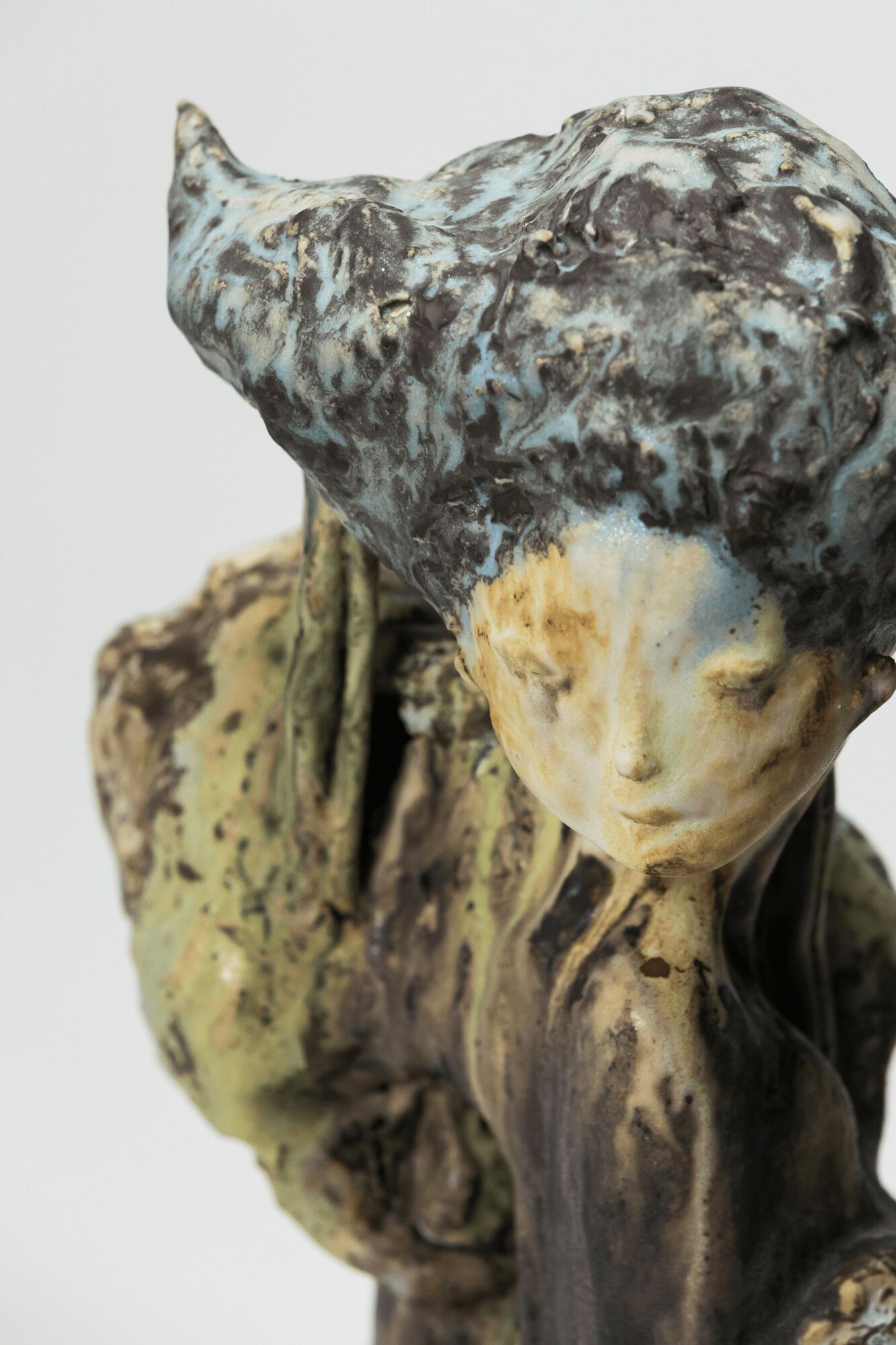
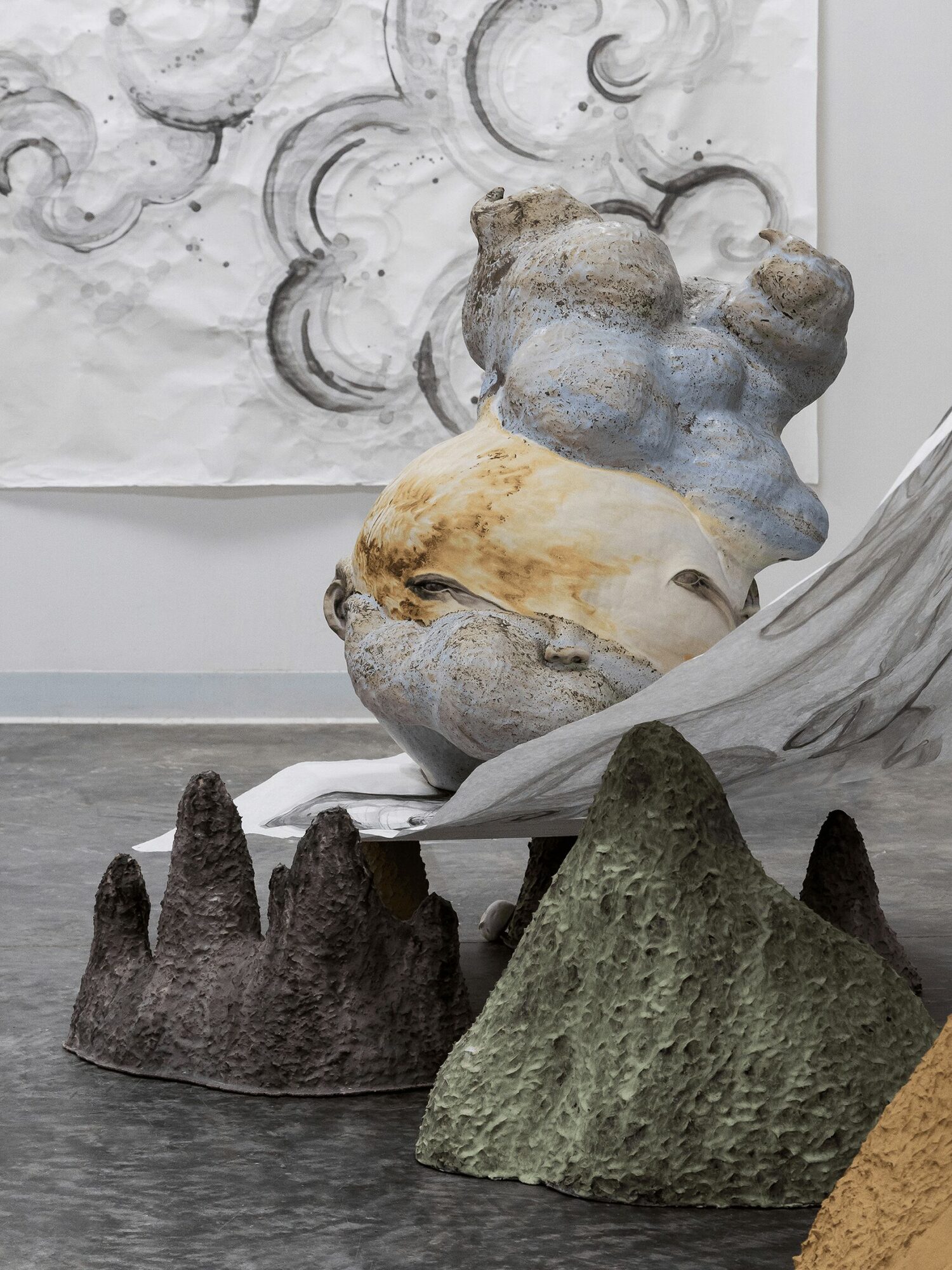
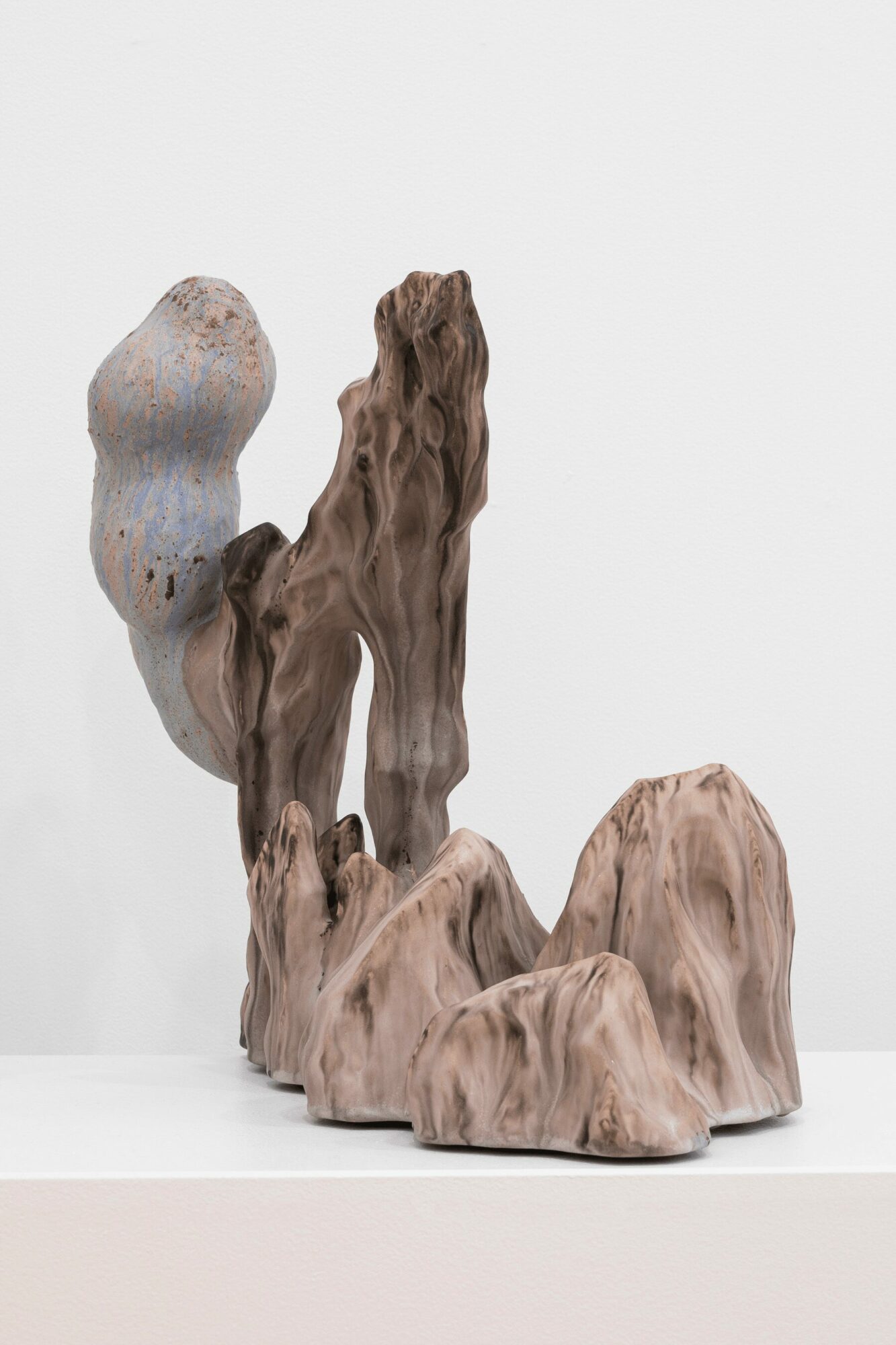 Image Credits
Image Credits
ChengOu Yu and Jing Huang

